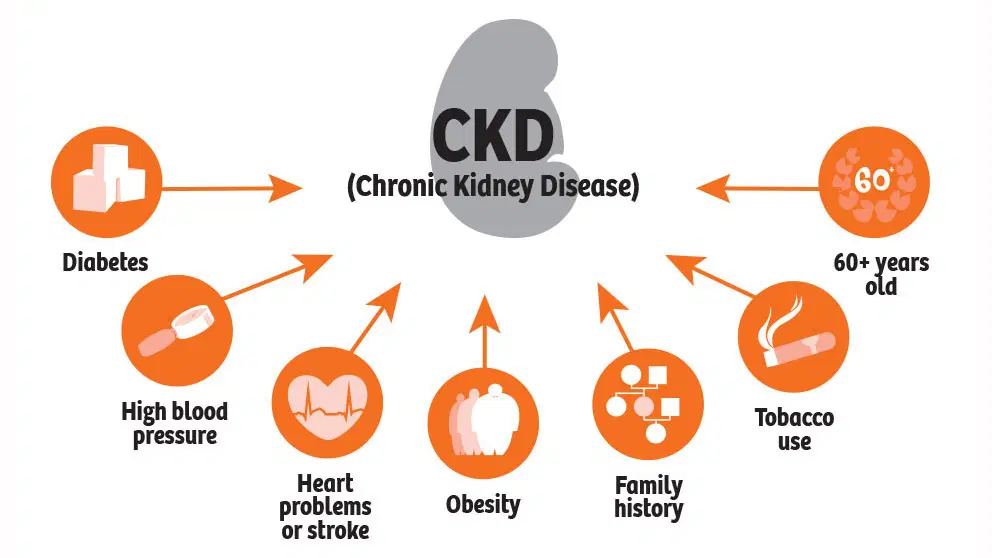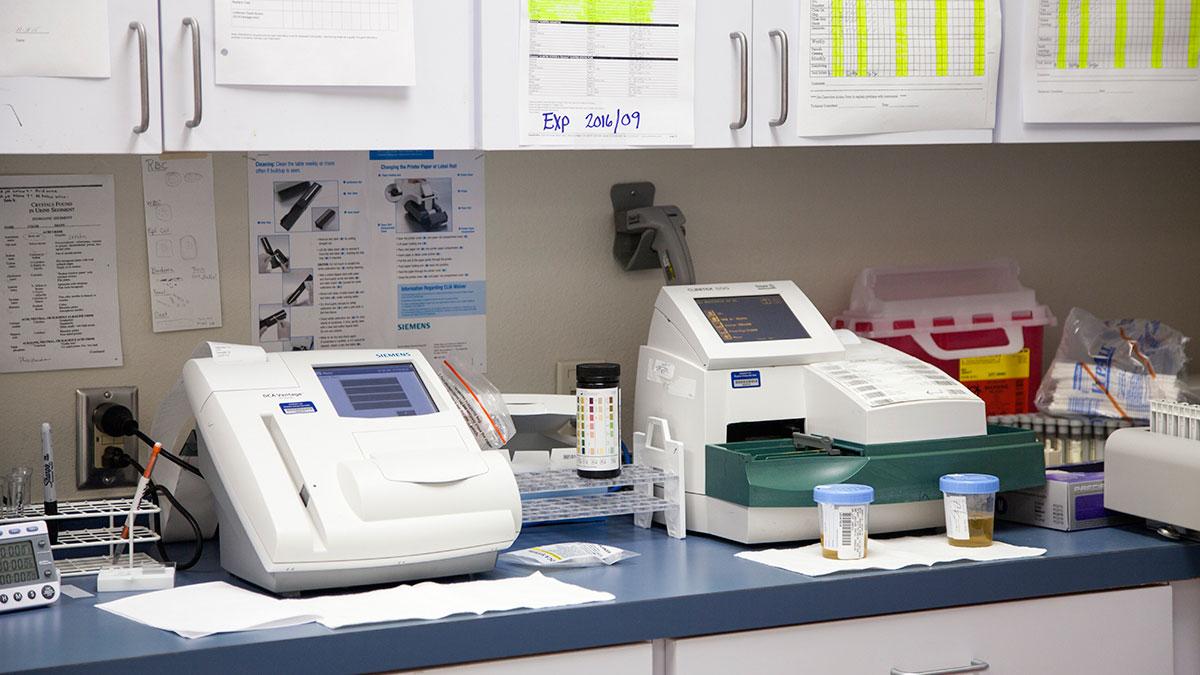Affecting 10 percent of the global population and responsible for more than a million deaths each year, chronic kidney disease (CKD) has become a major public health issue [1]. In the U.S. alone 30 million people, or 15 percent of adults, are estimated to have chronic kidney disease [2]. Around the world, the number of people with chronic kidney disease continues to rise. The impact is immense; patients with CKD face diminished quality of life, higher risk of other health problems, and significant financial costs or death.
Download your print version here.

A Silent Killer
CKD is characterized by the gradual loss of kidney function over time. Usually, CKD starts slowly and silently, and progresses over months or years. Most people are unaware they have the condition. By the time symptoms start to appear, kidney function is already significantly impaired. If not treated properly, CKD leads to kidney failure, known as end-stage renal disease (ESRD). At this stage, regular dialysis treatment or a kidney transplant are the only options for survival [3]. Both avenues are complex, costly, and not accessible to the general population in many countries. Particularly, in low- to middle-income countries with limited access to health care, an ESRD diagnosis is essentially a death sentence [4].

Risk factors include diabetes, hypertension, heart disease, smoking, obesity, high cholesterol, family history of kidney disease, and age 65 or older [5]. The most common causes of kidney disease include diabetes and high blood pressure, but population growth and aging are other factors driving higher rates of CKD. CKD may result due to infections, inflammation, or urinary system blockages such as kidney stones. Painkillers, like analgesics or antibiotics, also may cause chronic kidney disease if taken over a long period of time.

Kidney disease affects people of all ages and races. African-Americans, Hispanics, Native Americans, and people of South Asian origin have a higher risk of CKD. This risk is due in part to high rates of diabetes and high blood pressure in these communities. Chronic kidney disease can occur at any age, but becomes more common with increasing age and is more common in women [6]. Regardless of age or sex – kidney disease is harmful. Many people die prematurely due to complications of the disease, such as heart attack or stroke.

Tests and Treatment
There is no cure for chronic kidney disease. However, if detected early, treatment can help slow or halt the progression of the disease and can help prevent other serious complications. Simple laboratory or Point Of Care tests can detect chronic kidney disease. These include a blood test to measure creatinine content and estimate Glomerular Filtration Rate (GFR), or kidney function, and a urine test (ACR for Albumin to Creatinine Ratio), which measures albumin, a type of protein in the urine. Elevated albumin is one of the earliest signs of kidney disease.
Point-of-care testing shows promise, particularly for medically underserved areas. Clinicians outside a medical facility are able to detect kidney disease in about 1 minute using machines that analyze ACR tests. POC testing has been used with much success to identify patients at risk by a team that works in a flea market in San Juan, Texas, an impoverished area near the Mexico border. The main treatments are a proper diet and medications, and for those who reach ESRD, long term dialysis or kidney transplantation.
Hope to Reduce CKD
Chronic kidney disease exacts a tremendous toll, personally and financially. Early detection of failing kidney function is critical to allow treatment before irreversible damage or other complications occur. The best hope for reducing the human and economic costs of CKD lies in awareness, and prevention through management of risk factors and early detection.
About the Author
Diana Smith is a writer specializing in medical topics. She is based in Liberty Hill, Texas, U.S.
